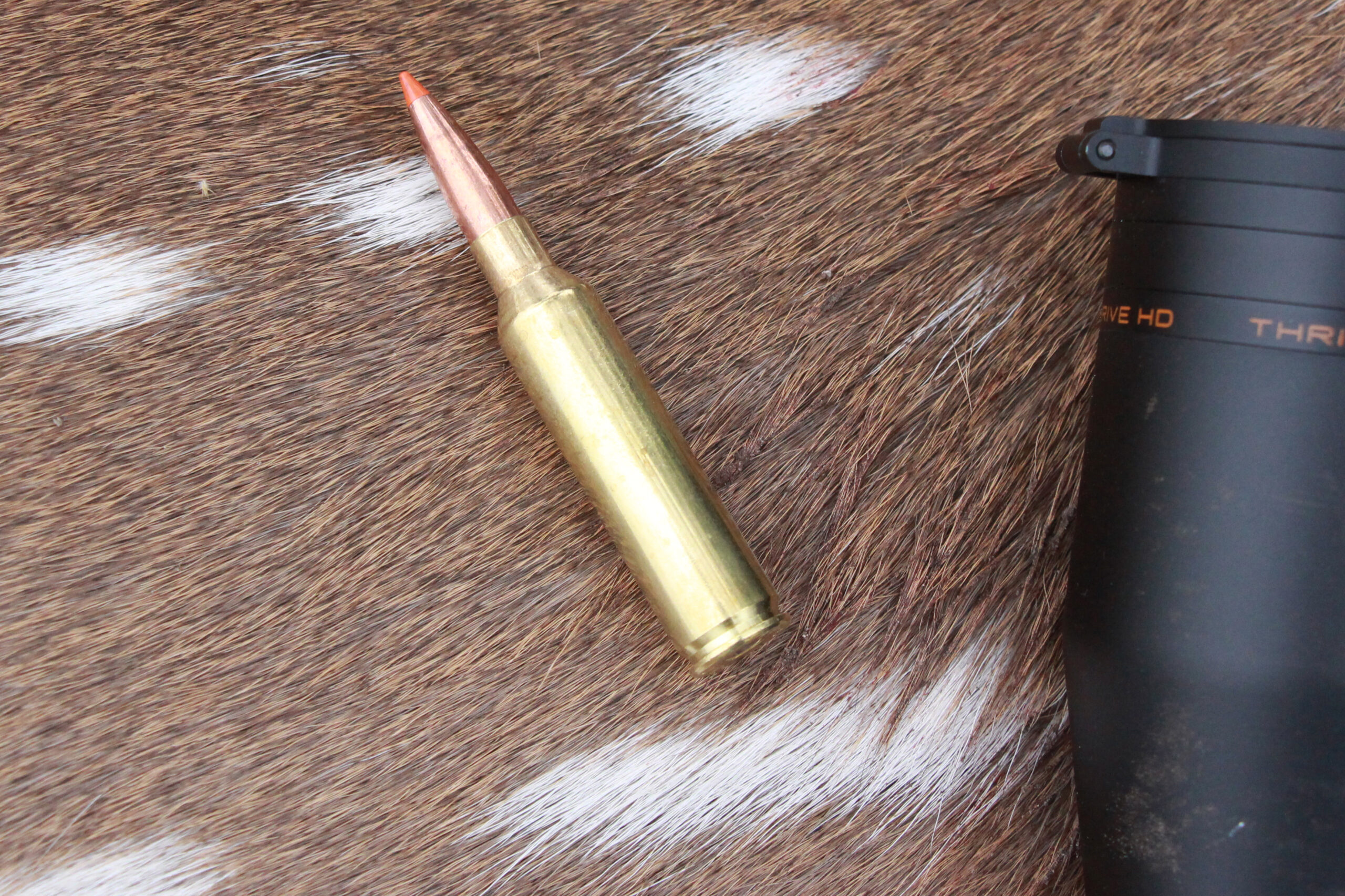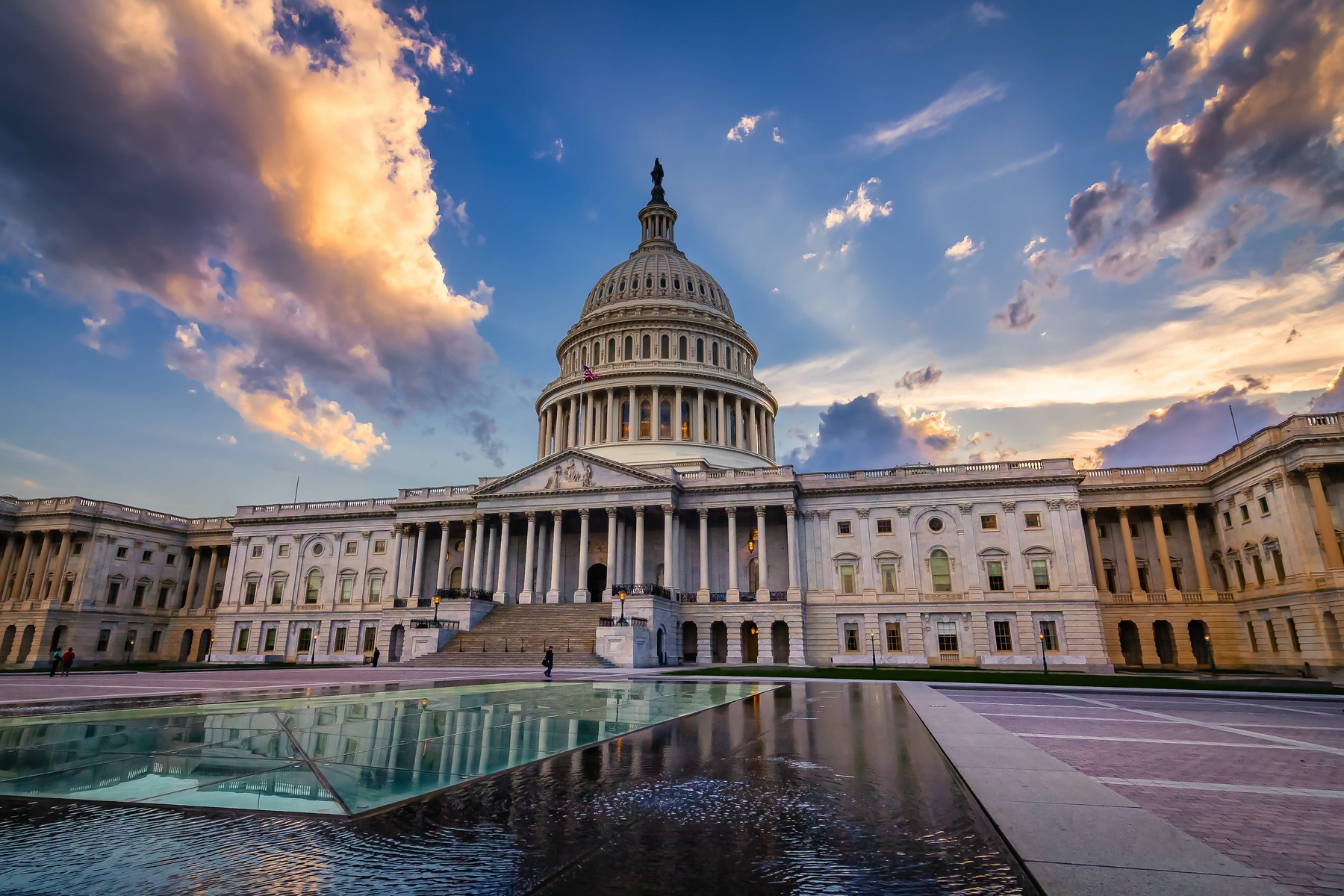In the latest example of hunting serving wildlife conservation, the Trump administration and US Fish and Wildlife Service approved the import of a black rhino taken by a Michigan hunter in 2018 in the African country of Namibia. Lost in the dramatic reporting since the import was granted is the crucial role of hunting in the conservation and status of black rhino in Namibia; this oversight does an injustice to Namibia’s successful rhino conservation program and denies the general public the knowledge necessary to understand conservation of rhino.
Specifically, half of the 5,500 black rhinos in the wild are found in Namibia and the country more than doubled its black rhino population between 2001 and 2012 and continues increasing it by 5 percent a year. They achieved that through a conservation program that relies on sustainable trophy hunting to manage herd balance, fund counter poaching operations, fund park management and incentivize local communities to protect rhinos. Allow us to demonstrate how this is possible:
For the good of the herd and to allow for herd growth, certain rhinos must be removed.
According to well documented scientific literature, including reports by the International Union for Conservation of Nature’s (IUCN) African Rhino Specialist Group (ARSG)1, the removal of a limited number of older, post-productive rhino bulls stimulates the growth of rhino numbers. Removing these individual animals, which become highly aggressive and territorial, results in reduced male fighting, shorter calving intervals and reduced juvenile mortality. Rhinos achieve maximum growth rates when their populations are female-biased and maintained below the ecological carrying capacity in order to minimize the risk of density-dependent effects. Some populations have “surplus” post-reproductive males that no longer contribute to a viable breeding population. Their presence can adversely affect productivity, gene flow, and immigration of younger males. Why not just translocate them? Because post-reproductive males are typically not suitable for translocation. They become very aggressive and express dominance over other rhinos, often killing females and calves.
For this reason, removing a small number of surplus, post-reproductive black rhino males through sport hunting promotes population growth.2 If trophy hunters are not used for this purpose, conservation rangers will be forced to do it. But then Namibia’s conservation department would not receive in excess of $400,000 per rhino for its rhino management program. So, regulated sport hunting is good for increased rhino numbers.
In 2015, Namibia’s management plan allowed for five black rhino bulls to be harvested (+$2,000,000 in funding). That quota was supported by the member countries of the Convention on International Trade in Endangered Species of Wild Fauna and Flora (CITES)3. Namibia’s Black Rhinoceros Conservation Strategy is leading edge, with a goal of increasing its populations by at least five percent per year. The plan maximizes population growth rates through biological management (including targeted trophy hunting of post-reproduction males) and range expansion.4 This strategy has led to consistent growth of Namibia’s black rhino population.
Regulated hunting enhances the survival of the species by supporting counter poaching and community incentives
Namibia’s Game Products Trust Fund is much more than a simple anti-poaching program; its mission is to “reinvest funds from wildlife use and other sources into sustainable conservation and rural development programmes in Namibia,” and its vision includes “improving livelihoods of those sharing their land with wildlife.”5 Trust Fund revenues from black rhino hunting have been used to fund annual black rhino counts, improve rhino crime investigation and prosecution and to ensure the traceability of all rhino horn owned by Namibia.6 It has also been used to improve rhino habitat, hire game scouts to monitor the rhinos and remove rhino horns to reduce their appeal to poachers. It funded counter poaching operations and a law enforcement training center focused on wildlife trafficking and poaching. This is critical assistance and calling it “an anti-poaching program” does not do it justice nor does it provide the credit it deserves.
Namibia’s black rhino hunting program also benefits local communal conservancies, providing income, meat and funds to reduce human-wildlife conflict. In two separate papers, the IUCN recognized that hunting “has underpinned Namibia’s success in community-based natural resource management.”7 Specifically, “[r]ecent analysis indicates that if revenues from trophy hunting were lost, most conservancies would be unable to cover their operating costs; they would
become unviable, and both wildlife populations and local benefits would decline dramatically.”8 Citing 2015 data, the reports point out that 82 communal conservancies manage 1.6 million hectares (almost 4 million acres) for conservation, with half of the conservancies relying solely on hunting for income, meat, and other benefits, and most of the rest deriving income from hunting and photographic tourism together. According to these reports, “[w]ildlife populations have shown dramatic increases in Namibia since the beginning of the communal conservancy programme,” and black rhinos have “more than tripled,” making the population in northwestern Namibia “the largest free-roaming population in Africa (conservancies are unfenced).”9 Further, the IUCN reports both conclude that “[r]emoving the incentives and revenue provided by hunting would be likely to cause serious declines of populations of a number of threatened or iconic species. For example, the recovery of some populations of … black rhino, … could be stopped and reversed.”10
The 2016 report’s case study on rhinos in Namibia and South Africa state: Since trophy hunting programmes were introduced for these species, white rhino increased in South Africa from 1,800 (in 1968) to around 18,400; and black rhino increased in South Africa and Namibia from around 2,520 (in 2004) to around 3,500 [in 2015]. By end 2015, these two countries conserved 90% of Africa’s rhinos, yet only 0.34% and 0.05% of their white and black rhino populations were hunted. Not only has rhino hunting clearly been sustainable, it has played an integral part in the recovery of these species through providing incentives for private and communal landholders to maintain the species on their land, generating income for conservation and protection, and/or helping manage populations to increase population recovery.11
Namibia should be applauded for implementing a conservation program that prioritizes the needs of the greater rhino herd over individuals detrimental to herd growth, that expands their rhino range, that sustainably pays for itself and incentivizes local communities to tolerate and even protect rhinos. Likewise, the hunters who are willing to pay +$400,000 to hunt a rhino should be thanked for supporting a system that has proven to grow rhino numbers and protect them against the unregulated, illegal poaching that circumvents the benefits of scientific quotas and of trophy fees that pay for on-the-ground conservation costs. And finally, US Fish & Wildlife Service should be praised, not criticized, for recognizing the critical role sport hunting plays in rhino conservation and for approving the importation of a trophy that is ensuring the survival and expansion of its species.
In closing, it should be noted that the IUCN’s African Rhino Specialist Group (ARSG) recently concluded that restrictions on regulated hunting have the “potential to negatively impact on African rhino conservation by reducing revenue generated through this source.”12 While we understand that many people do not like the idea of hunting, we ask that they dispassionately consider how regulated sustainable use contributes to conservation and positively impacts the populations of rhino and other iconic species. Hunting pays for rhino conservation and demonstrably supports growth in rhino populations. More rhinos are more rhinos no matter how you look at it or how you count them.
1 IUCN, Informing Decisions on Trophy Hunting (Apr. 2016), Case Study 1, Rhinos in SouthAfrica and Namibia, https://www.iucn.org/downloads/iucn_informingdecisionsontrophy
2 CITES, CoP13 Doc 19.3, 20-25, https://cites.org/sites/default/files/eng/cop/13/doc/E13-19-3.pdf (Attachment D).
3https://www.fws.gov/news/ShowNews.cfm?ID=56D54860-AEA6-0EEE-73467FE9B00499F0.
4 CITES, CoP18, Doc. 83.1 (Annex 2), p. 2, https://cites.org/sites/default/files/eng/cop/18/doc/E-CoP18-083-01.pdf (Attachment E).
5 http://www.gptf.org.na/about-us.php.
6 http://www.fws.gov/international/permits/black-rhino-import-permit.html.
7 R. Cooney et al., The baby and the bathwater: Trophy hunting, conservation and rural livelihoods, FAO Unsylva (2017), Case Study 5,
https://www.iucn.org/sites/dev/files/trophy_hunting_conservation_and_rural_livelihoods.pdf
8 Informing Decisions on Trophy Hunting, Case Study 5.
9 Trophy hunting, conservation and rural livelihoods, Case Study 5.
10 Informing Decisions on Trophy Hunting, Case Study 5; Trophy hunting, conservation and rural livelihoods, Case Study 5.
11 Informing Decisions on Trophy Hunting, Case Study 1, Rhinos in South Africa and Namibia.
12 CoP18, Doc. 83.1, p. 16.




